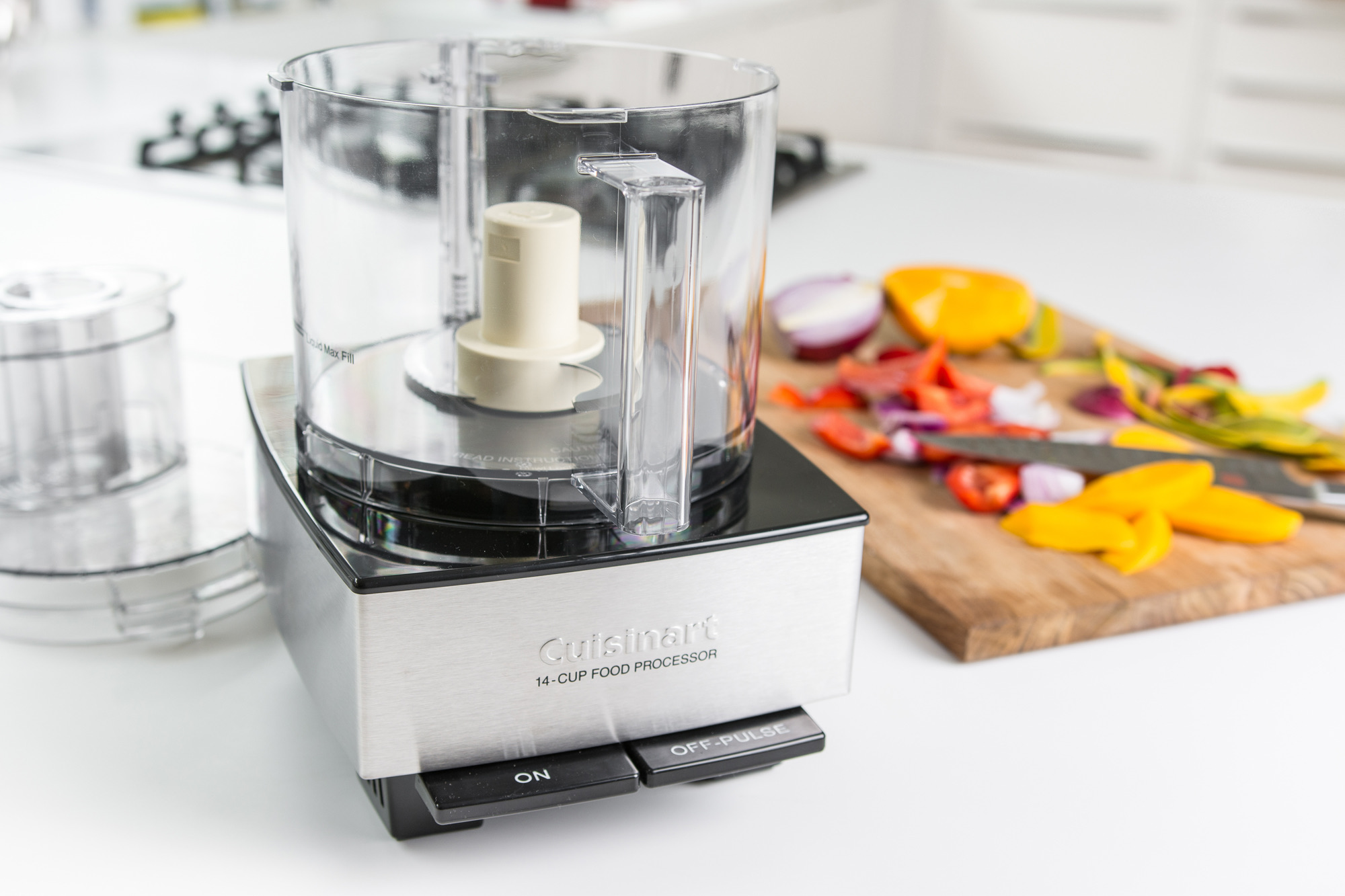

Articles
How Do You Use A Food Processor
Modified: February 26, 2024
Discover the best articles on how to use a food processor. Get expert tips, recipes, and techniques to master this versatile kitchen appliance.
(Many of the links in this article redirect to a specific reviewed product. Your purchase of these products through affiliate links helps to generate commission for Storables.com, at no extra cost. Learn more)
Introduction
Food processors are incredibly versatile kitchen appliances that can save you time and effort in the kitchen. Whether you’re a seasoned chef or a novice cook, a food processor can be a game-changer when it comes to food preparation. From slicing and dicing ingredients to pureeing and grinding, a food processor can handle a wide range of tasks with ease.
In this article, we will guide you through the process of using a food processor effectively. We will cover everything from understanding the different components of a food processor to operating it safely and efficiently. Whether you want to whip up a batch of homemade hummus or chop vegetables for a stir-fry, we’ve got you covered.
So, let’s dive in and explore the world of food processors together!
Key Takeaways:
- Master the art of using a food processor by understanding its components, assembling it correctly, operating it safely, troubleshooting common issues, and following essential safety tips. Embrace the versatility of a food processor and elevate your cooking experience.
- Keep your food processor in top shape by practicing proper cleaning and maintenance. Explore a world of culinary possibilities with delicious recipes such as homemade hummus, fresh pesto, nut butter, salsa, energy balls, and cauliflower rice. Unleash your creativity and enjoy the convenience of using a food processor in your culinary endeavors.
Understanding the Food Processor
Before you start using a food processor, it’s important to understand its various components and how they work.
A typical food processor consists of a motor base, a work bowl, a lid with a feed tube, and various attachments. The motor base houses the motor that powers the processor, while the work bowl is where you’ll place the ingredients. The lid with the feed tube allows you to add ingredients while the processor is running, and the attachments include blades and discs for different functions.
Food processors come in different sizes, ranging from compact mini processors to large capacity models. The size you choose depends on your needs and the amount of food you plan to process. Mini processors are ideal for small tasks like chopping herbs or making salad dressings, while larger models are better suited for heavy-duty tasks like kneading dough or slicing large quantities of vegetables.
When it comes to blades and discs, understanding their functions is key. The S-shaped blade, also known as the multipurpose blade, is the most commonly used one. It’s perfect for chopping, pureeing, and blending ingredients. There are also discs for slicing and shredding, which can be adjusted to achieve different thicknesses.
Some food processors come with additional attachments like a dough blade for kneading dough or a citrus juicer for extracting juice from fruits. These attachments can expand the capabilities of your food processor and make it even more versatile.
Now that you have a basic understanding of the different components, let’s move on to assembling the food processor.
Assembling the Food Processor
Assembling your food processor correctly is important to ensure safe and efficient operation. Here’s a step-by-step guide to help you assemble your food processor:
- Start by placing the motor base on a clean, dry, and stable surface. Make sure the power cord is unplugged.
- Next, take the work bowl and insert it onto the motor base. It should fit snugly into place.
- Check the lid to ensure it is clean and free from any debris. Attach the lid to the work bowl by aligning the arrow marks or symbols on both the lid and the bowl.
- If your food processor has a feed tube, insert it into the designated slot on the lid. Make sure it clicks into place.
- Now it’s time to choose the appropriate blade or disc for your task. Attach the desired blade or disc onto the center shaft inside the work bowl. Ensure it is fitted securely.
Once you’ve completed these steps, your food processor is now assembled and ready to be used. It’s important to note that the specific instructions for assembling may vary slightly depending on the brand and model of your food processor. Therefore, it’s always a good idea to consult the user manual provided by the manufacturer for detailed instructions.
Now that your food processor is assembled, it’s time to move on to the next step – operating the food processor.
Operating the Food Processor
Operating a food processor may seem intimidating at first, but with a little practice, it becomes second nature. Here’s a step-by-step guide on how to use a food processor:
- Before you get started, make sure all the ingredients you plan to use are washed, peeled, and prepped as necessary.
- Place the assembled food processor on a stable surface. Ensure the power cord is securely plugged into a power outlet.
- Check that the control buttons or settings on the food processor are in the “Off” or “Zero” position.
- Add the ingredients you want to process into the work bowl of the food processor. Make sure not to exceed the maximum fill line indicated inside the bowl to prevent spills or overloading.
- Place the lid securely on the work bowl, ensuring it is locked into place. If your food processor has a feed tube, make sure it is also properly inserted and locked.
- Now it’s time to select the appropriate speed or setting for your task. Most food processors have multiple speed options, from low to high. Start with a low or medium setting and adjust as needed.
- Press and hold the power button or switch to start the food processor. Allow it to run for the desired duration to achieve the desired consistency. Some recipes may require pulsing the food processor by quickly pressing and releasing the power button in short bursts.
- Once you’re done processing, carefully remove the lid of the food processor, taking caution as the blades may still be sharp. Use a spatula or spoon to scrape down the sides of the bowl if needed.
- Pour or transfer the processed ingredients into a separate container or continue with the remaining steps of your recipe.
- Finally, unplug the food processor from the power outlet and disassemble it for cleaning and maintenance.
Remember to always refer to the user manual provided by the manufacturer for specific instructions and safety guidelines.
Now that you know how to operate a food processor, let’s move on to troubleshooting and some essential safety tips.
When using a food processor, make sure to use the pulse function for short bursts to avoid over-processing your ingredients. This will help you achieve the desired texture without turning your ingredients into a paste.
Troubleshooting and Safety Tips
While food processors are generally user-friendly, you may encounter some common issues or challenges along the way. Here are a few troubleshooting tips to help you overcome them:
1. Food Processor Not Turning On: Double-check that the power cord is correctly plugged into a functioning power outlet. Ensure that all components are properly assembled and securely locked in place.
2. Food Processor Overheating: If you notice your food processor becoming hot during use, it may be overloaded. Remove some of the ingredients from the work bowl and allow the motor to cool down before continuing.
3. Uneven Chopping or Slicing: If your ingredients are not being evenly chopped or sliced, make sure they are cut into similar-sized pieces before adding them to the food processor. Additionally, avoid over or underfilling the work bowl, as this can affect the results.
While troubleshooting is essential, it’s equally important to prioritize safety when using a food processor. Here are some key safety tips to keep in mind:
- Read the user manual provided by the manufacturer and familiarize yourself with the specific safety instructions for your food processor.
- Always handle the blades with caution, as they are sharp. Use a spatula or spoon to remove processed ingredients from the work bowl.
- Never place your hand directly into the feed tube while the food processor is running.
- Ensure that the food processor is turned off and unplugged before attempting to clean or assemble/disassemble the components.
- Keep your fingers and other loose clothing or accessories away from the moving parts of the food processor.
- Store the food processor in a safe and secure location, out of reach of children.
By following these troubleshooting tips and safety guidelines, you can confidently and safely use your food processor to its full potential.
Now that we’ve covered troubleshooting and safety, let’s move on to cleaning and maintenance.
Read more: How To Use Shredder On Food Processor
Cleaning and Maintenance
Proper cleaning and maintenance of your food processor are essential to ensure its longevity and optimal performance. Here are some tips to help you clean and maintain your food processor:
- Before cleaning, make sure the food processor is turned off, unplugged, and all components have cooled down.
- Disassemble the food processor by removing the work bowl, lid, and any attachments. Check the user manual for specific instructions on how to detach the parts.
- Wash the removable parts, such as the work bowl, lid, blades, and discs, in warm soapy water. Use a non-abrasive sponge or brush to remove any residue or food particles.
- Rinse the parts thoroughly with clean water, ensuring all soap is removed.
- If the parts are dishwasher-safe, you can place them in the dishwasher for a more convenient cleaning process. Refer to the user manual for dishwasher compatibility.
- Wipe the motor base with a damp cloth to remove any spills or residue. Do not immerse the motor base in water.
- Allow all the parts to air dry completely before reassembling the food processor.
- Regularly inspect the blades and discs for any signs of damage or dullness. If they appear worn out or damaged, consider replacing them to maintain optimal performance.
- Store the food processor in a clean and dry cabinet or cupboard, away from excessive heat or moisture.
By following these cleaning and maintenance practices, you can keep your food processor in great shape and prolong its lifespan.
Now that we’ve covered cleaning and maintenance, let’s explore some delicious recipes you can try with your food processor.
Recipes to Try with a Food Processor
A food processor opens up a world of culinary possibilities, allowing you to create a variety of delicious recipes. Here are a few ideas to get you started:
1. Homemade Hummus: Combine cooked chickpeas, tahini, garlic, lemon juice, olive oil, and a pinch of salt in the food processor. Process until smooth and creamy. Serve with pita bread or fresh vegetables for a tasty snack or appetizer.
2. Fresh Pesto: In the food processor, blend fresh basil leaves, garlic, pine nuts, grated Parmesan cheese, and olive oil until you achieve a smooth and vibrant pesto sauce. Toss with cooked pasta or use it as a spread for sandwiches.
3. Nut Butter: Roast your favorite nuts, such as almonds or peanuts, and place them in the food processor. Process until the nuts release their natural oils and transform into creamy nut butter. Add a touch of honey or salt if desired.
4. Salsa: Combine fresh tomatoes, onions, jalapenos, cilantro, lime juice, and spices like cumin and paprika in the food processor. Pulse until desired consistency is reached. Enjoy with tortilla chips or as a topping for tacos and fajitas.
5. Energy Balls: Blend dates, nuts, seeds, and flavorings like cocoa powder or coconut flakes in the food processor until a sticky dough forms. Roll into bite-sized balls for a nutritious and easy-to-make snack.
6. Cauliflower Rice: Cut cauliflower into florets and pulse in the food processor until it resembles rice grains. Sauté the cauliflower rice with vegetables and spices for a low-carb alternative to regular rice.
These are just a few examples of the many recipes you can create with a food processor. Get creative and experiment with different ingredients and flavors to discover new and exciting dishes.
Now that you have some recipe inspiration, it’s time to put your food processor to work. Enjoy exploring the endless possibilities!
Conclusion
Using a food processor can revolutionize your cooking experience, making food preparation quicker and more convenient. Whether you’re a professional chef or an aspiring home cook, understanding how to use a food processor properly is essential.
In this article, we discussed the various components of a food processor and how to assemble it correctly. We also covered the step-by-step process of operating the food processor, troubleshooting common issues, and following essential safety tips.
Additionally, we provided guidance on cleaning and maintaining your food processor to ensure its longevity and optimal performance. Proper care of your food processor is crucial in maintaining its efficiency and preventing any issues during use.
Lastly, we shared a selection of recipes to try with your food processor, showcasing its versatility in creating delicious dishes such as homemade hummus, pesto, nut butter, and more.
Whether you’re looking to save time in the kitchen or expand your culinary repertoire, a food processor is a valuable tool that can simplify your cooking process and elevate your dishes. With the knowledge gained from this article, you are now equipped to make the most out of your food processor.
So, get ready to unleash your creativity, try new recipes, and enjoy the convenience of using a food processor in your culinary endeavors. Happy cooking!
Frequently Asked Questions about How Do You Use A Food Processor
Was this page helpful?
At Storables.com, we guarantee accurate and reliable information. Our content, validated by Expert Board Contributors, is crafted following stringent Editorial Policies. We're committed to providing you with well-researched, expert-backed insights for all your informational needs.
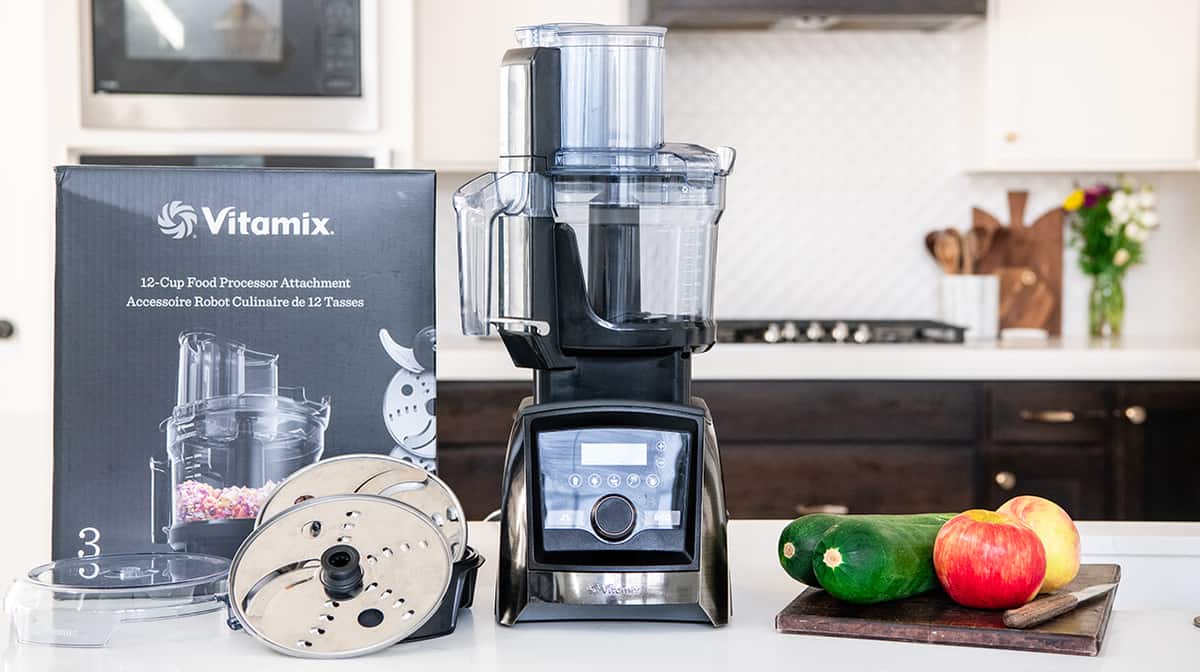
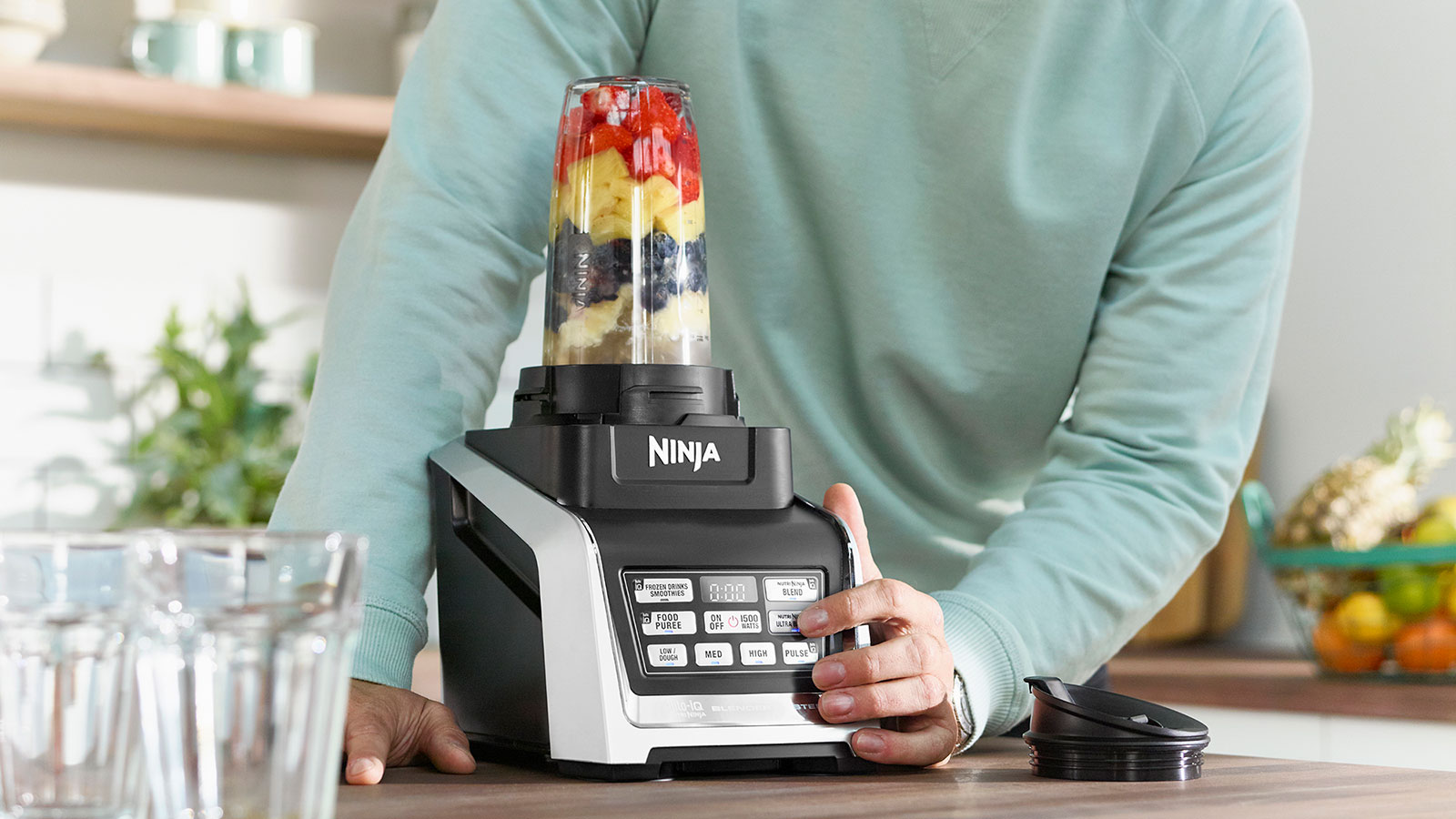
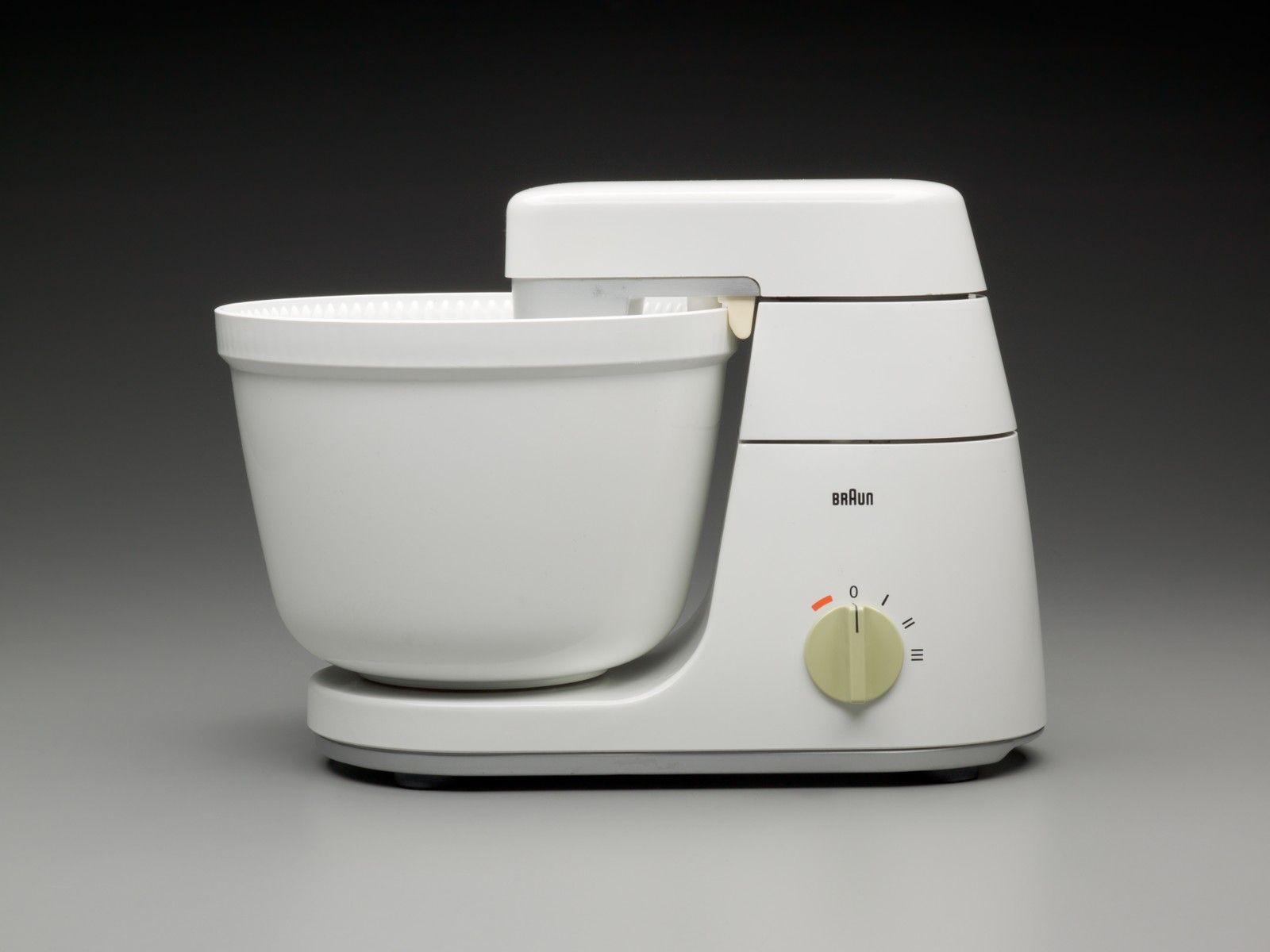
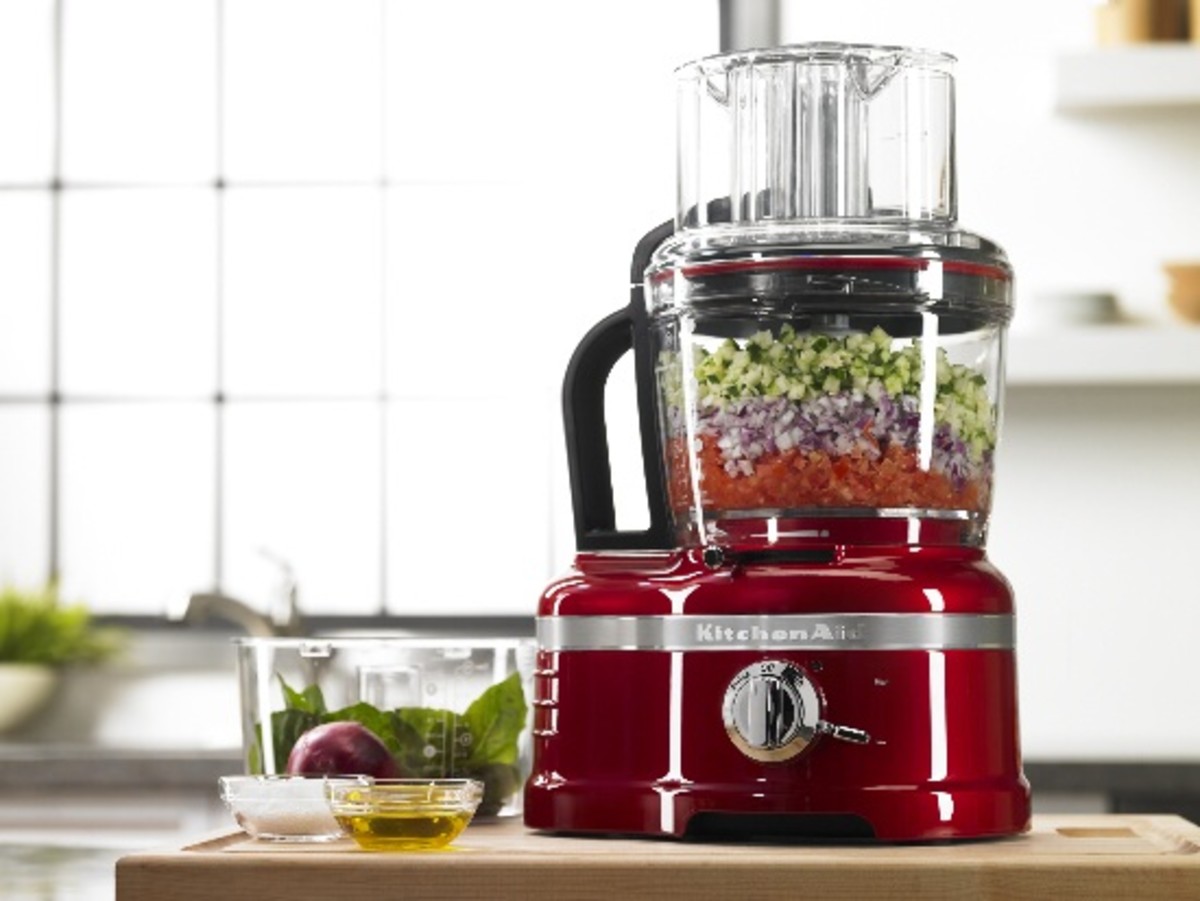
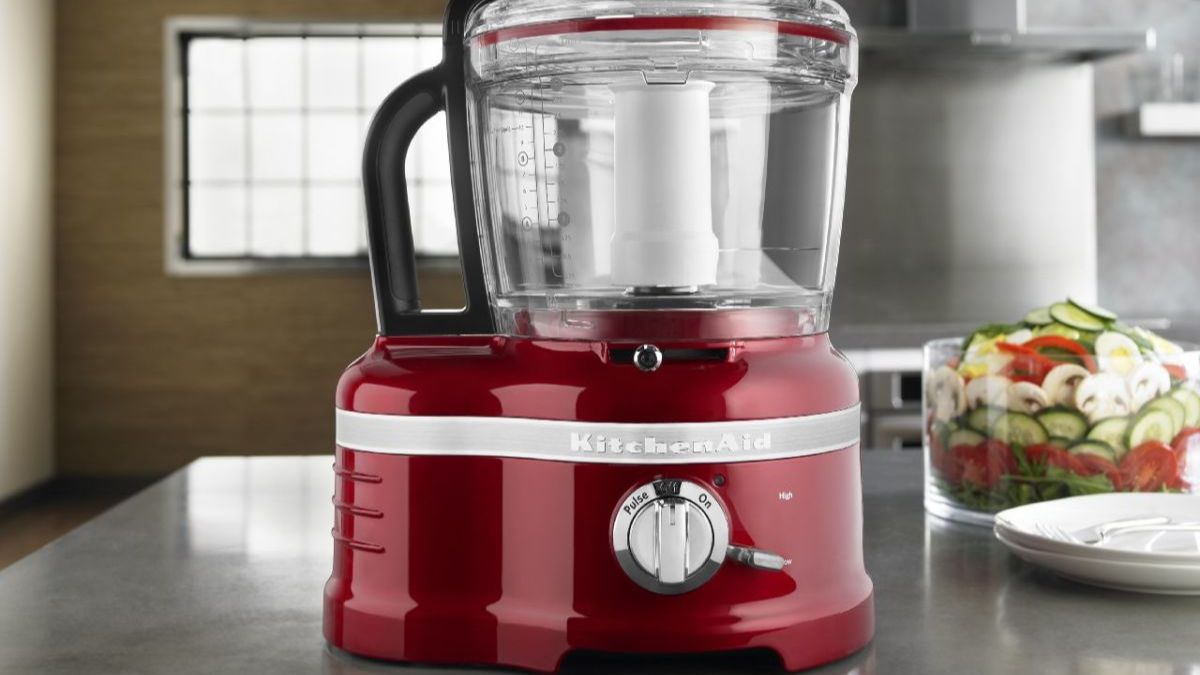
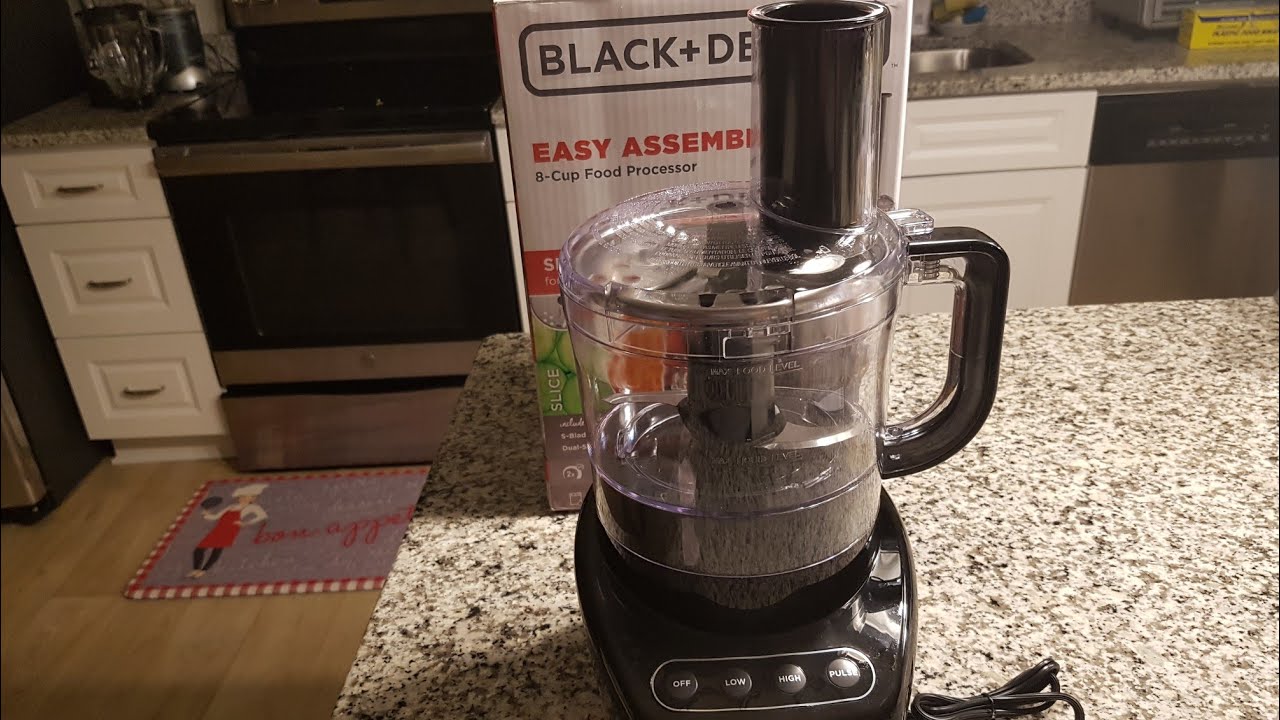
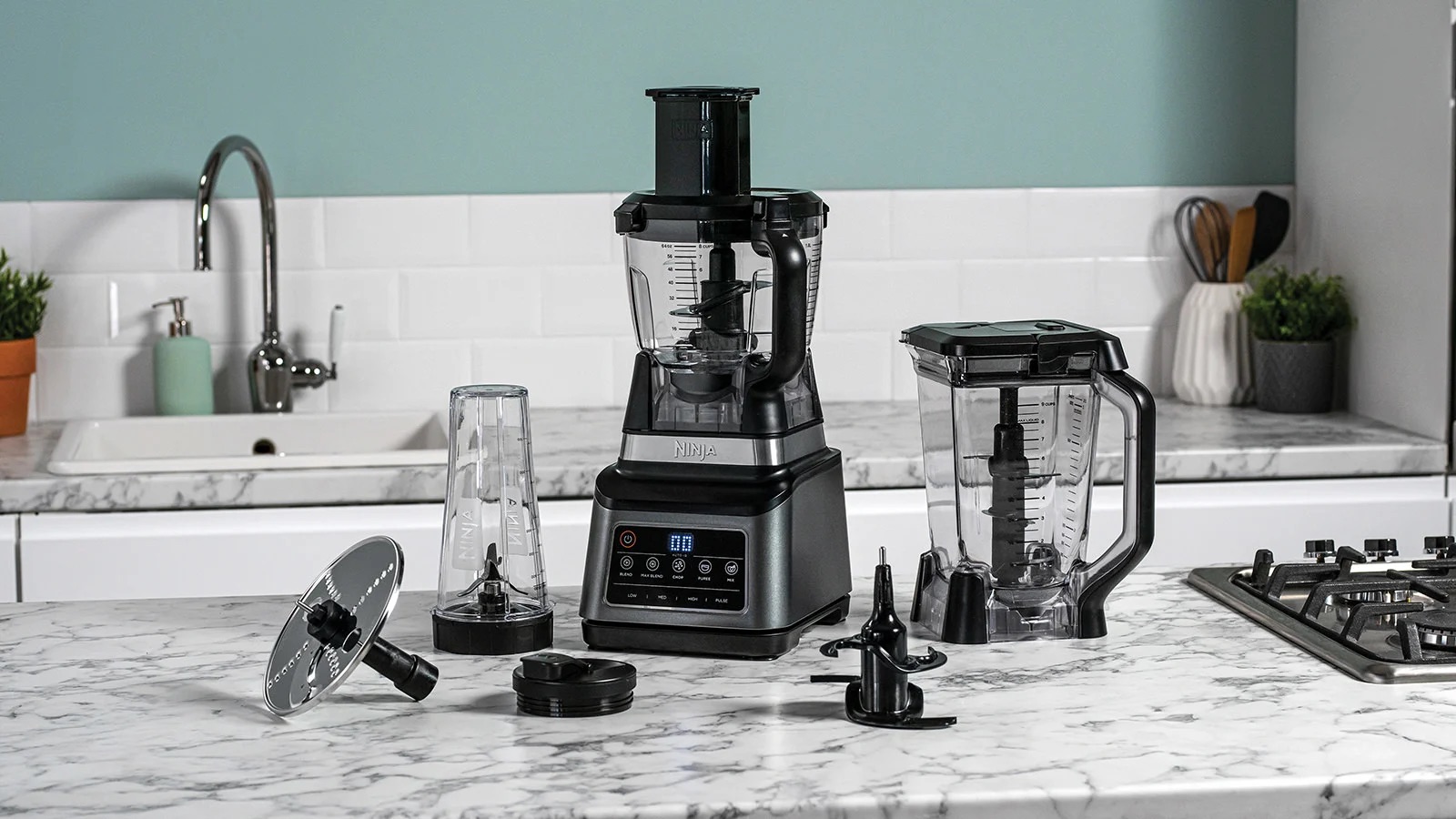
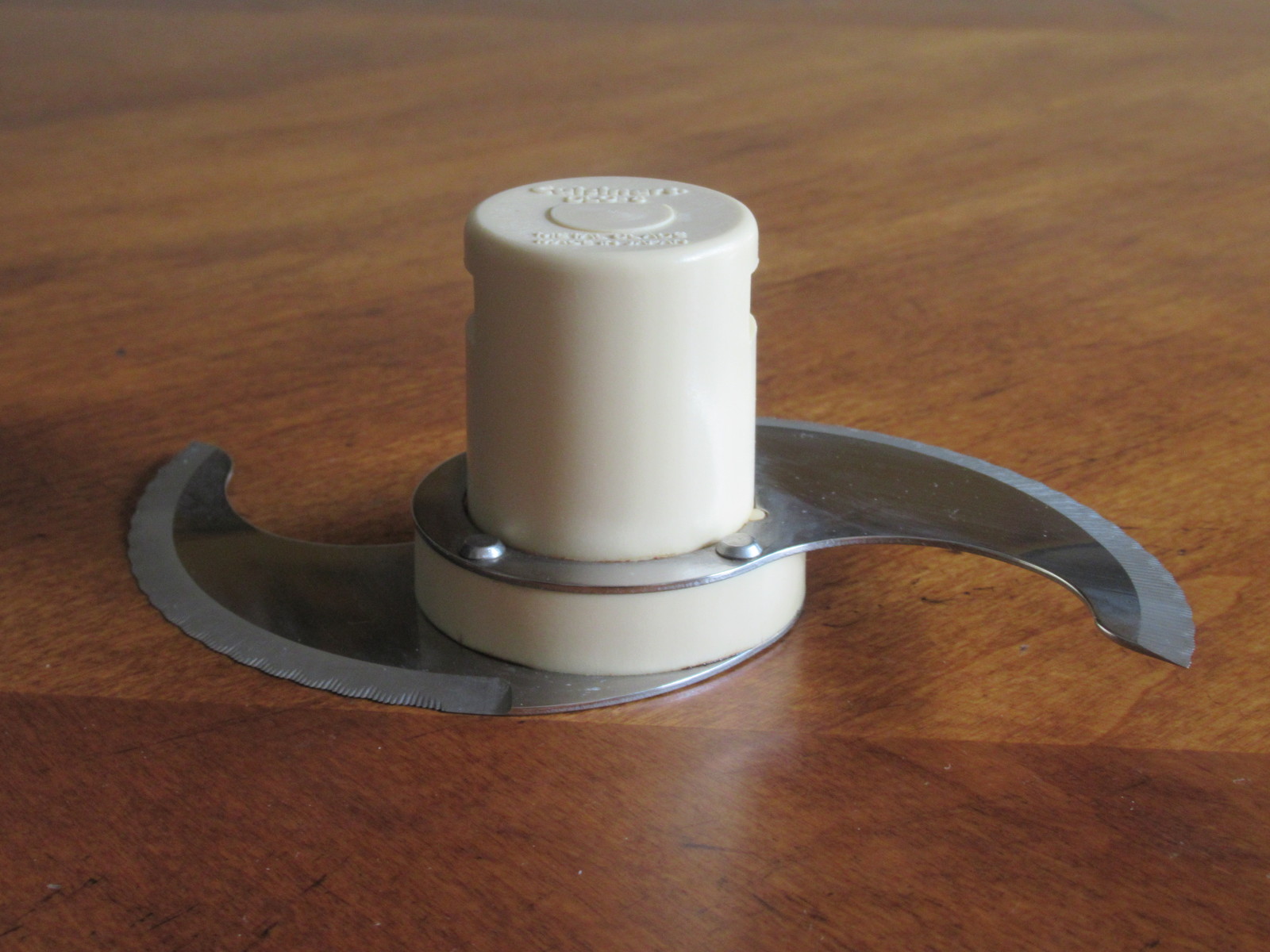
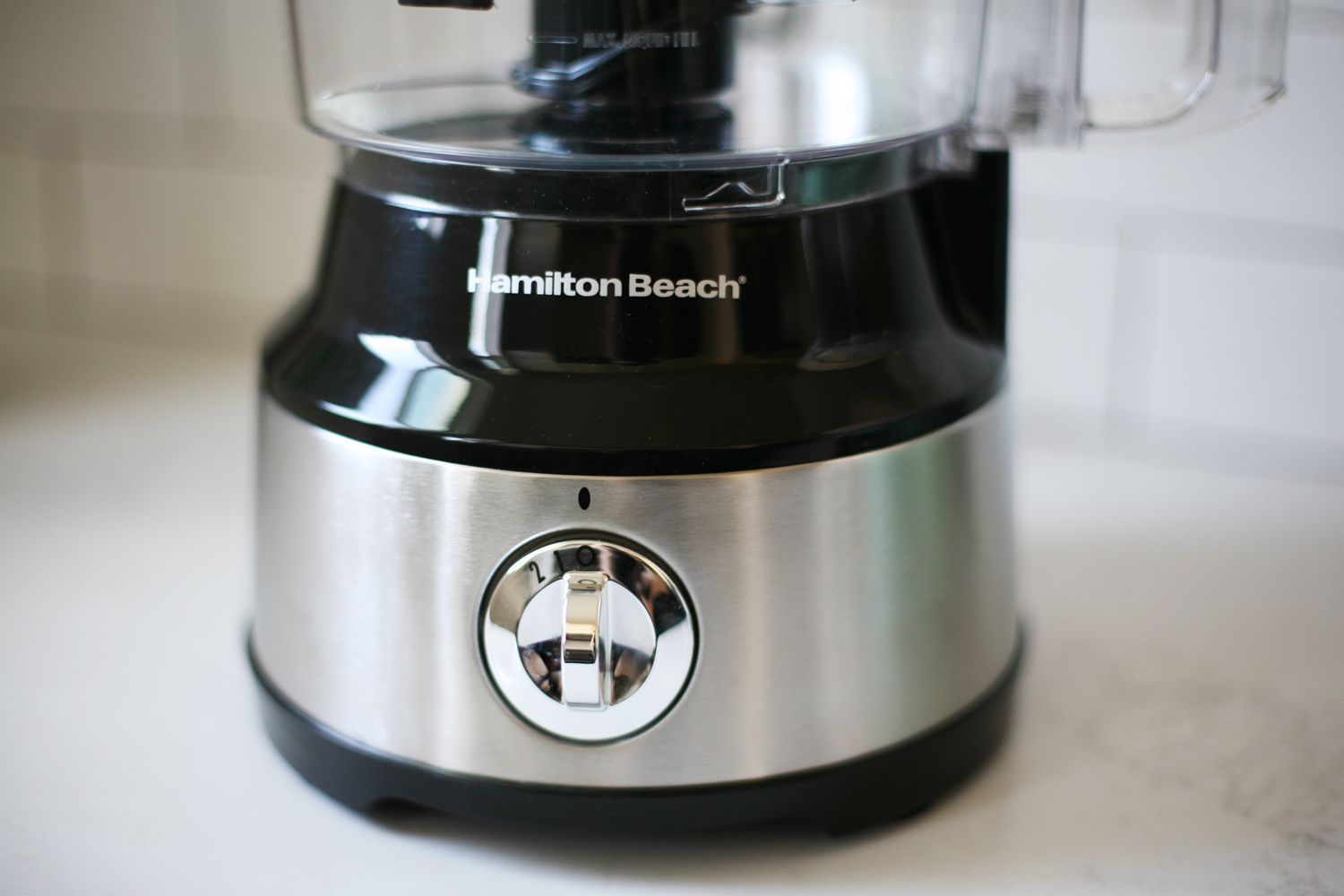
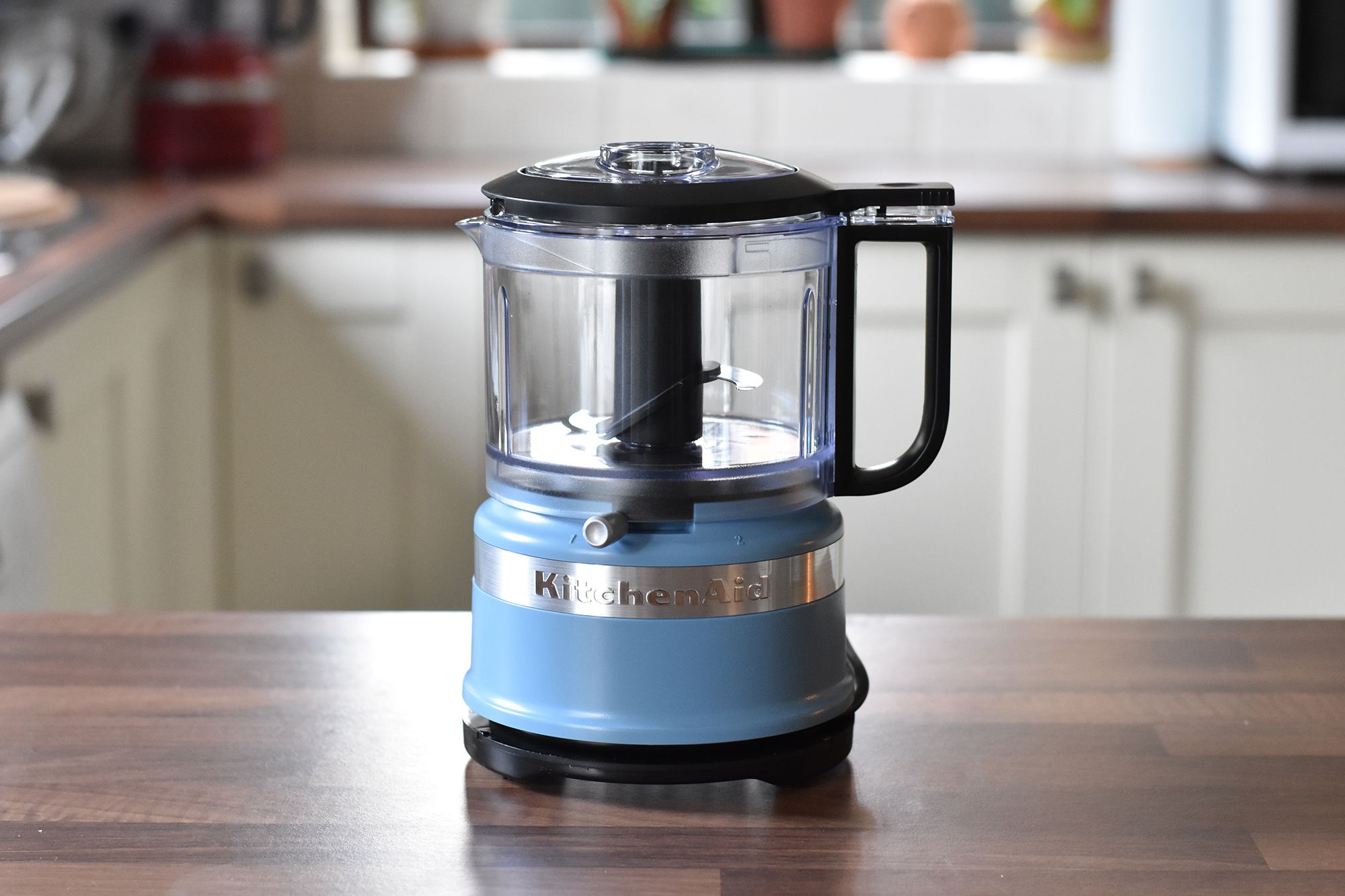
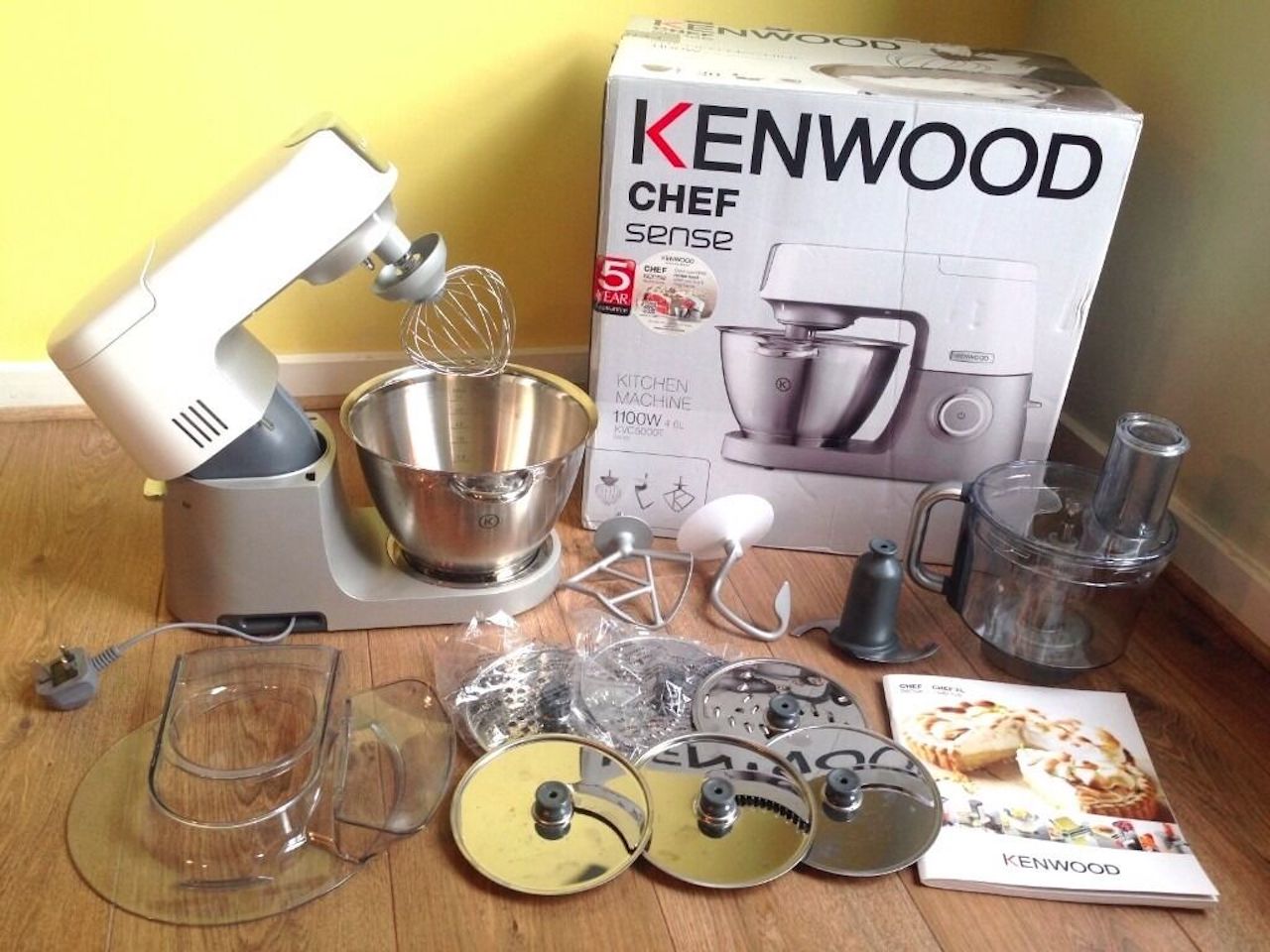
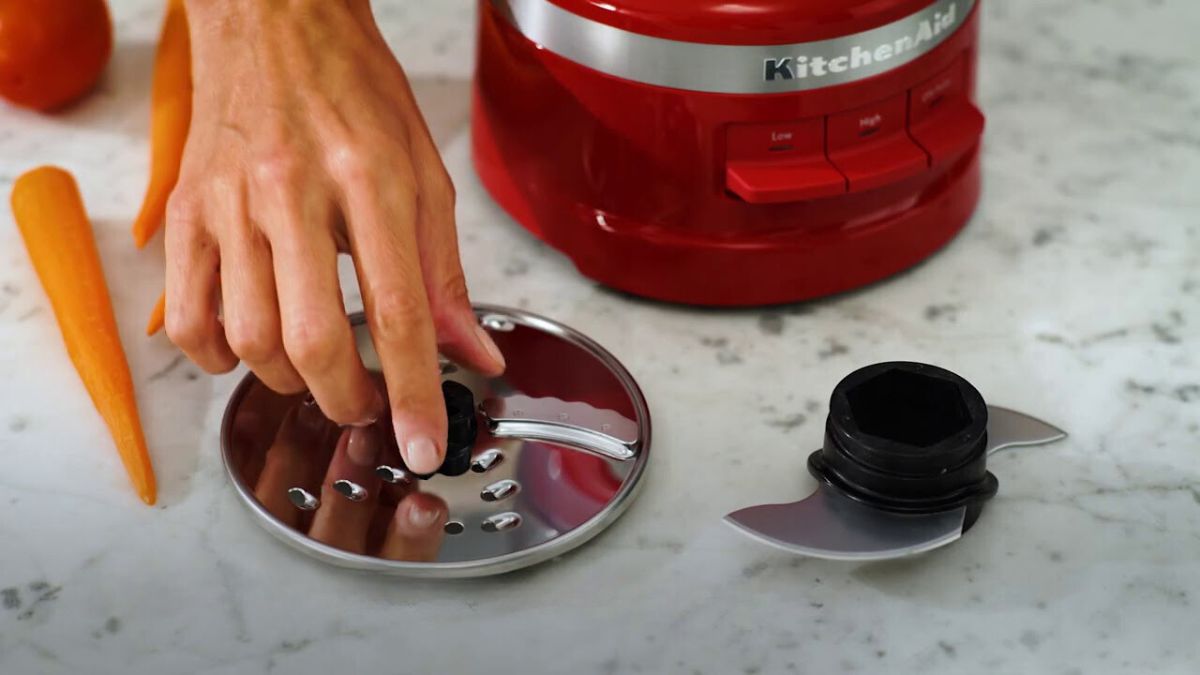
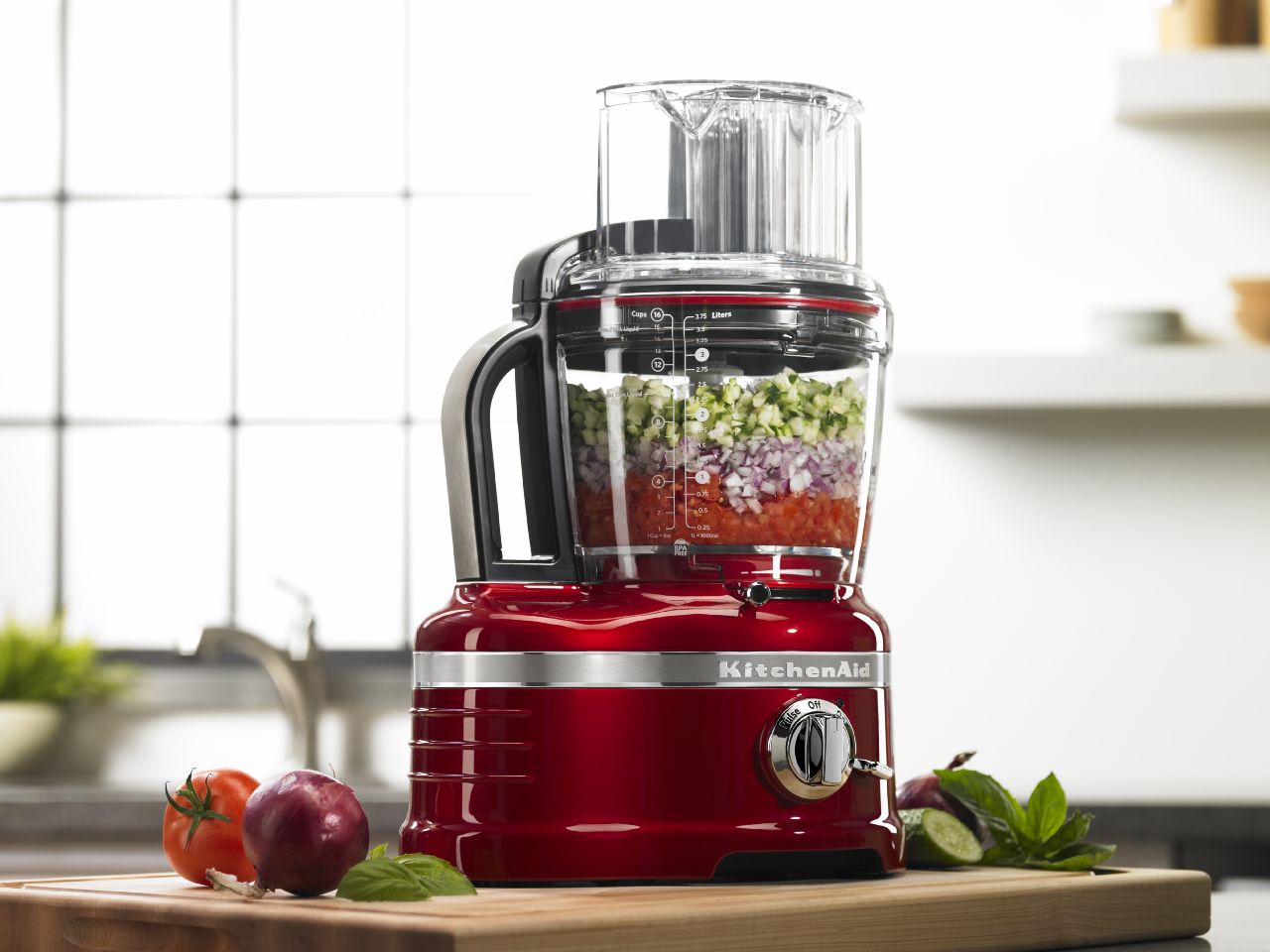
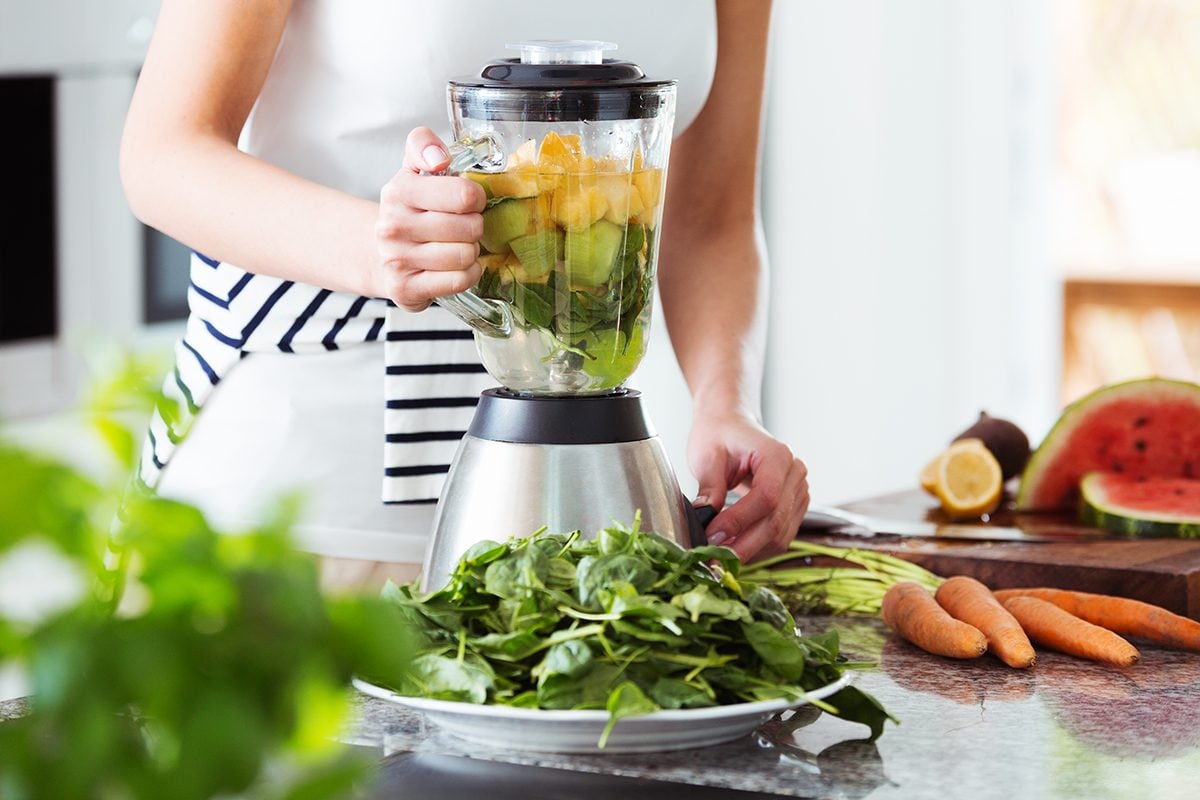

0 thoughts on “How Do You Use A Food Processor”